The anteater, with its peculiar appearance and fascinating adaptations, stands as one of nature’s most specialized insect hunters. Among its most remarkable features is its elongated tongue, which can extend up to 60 centimeters—nearly twice the length of its head. This biological marvel allows the anteater to delve deep into anthills and termite mounds, extracting thousands of insects with astonishing efficiency. But the anteater’s tongue is just one piece of a highly evolved predatory system that makes it a true "insect harvesting machine."
The Anatomy of a Perfect Predator
At first glance, the anteater’s physique seems almost comical—long snout, bushy tail, and claws that appear better suited for digging than combat. Yet, every aspect of its body serves a precise function in its relentless pursuit of insects. Its powerful forelimbs, armed with curved claws, can tear open the toughest termite mounds in seconds. The snout, narrow and tubular, is designed to probe narrow crevices where insects cluster. And then there’s the tongue: a whip-like, sticky appendage that flicks in and out of the mouth up to 150 times per minute, each time retrieving a fresh batch of prey.
What makes the anteater’s tongue truly extraordinary isn’t just its length, but its unique musculature and saliva. Unlike human tongues, which rely on a complex network of muscles for movement, the anteater’s tongue is anchored to its sternum, allowing for rapid extension and retraction. The saliva, thick and glue-like, ensures that ants and termites stick to the tongue before they can escape. This combination of speed, precision, and adhesive power makes the anteater one of the most efficient insectivores on the planet.
The Science Behind the Harvest
Researchers have long been fascinated by the biomechanics of the anteater’s feeding strategy. High-speed cameras have revealed that the tongue moves so quickly that the human eye can barely track it—each strike lasts less than a tenth of a second. This rapid-fire approach is essential because ants and termites, though small, are far from defenseless. Soldier insects often swarm to protect their colonies, and some species even secrete toxic chemicals. The anteater’s ability to minimize contact time reduces the risk of bites or chemical attacks.
Another intriguing aspect is the anteater’s energy efficiency. Unlike predators that chase down prey, expending vast amounts of energy in the process, the anteater’s method is remarkably low-effort. It simply locates a nest, breaches it, and lets its tongue do the work. Studies suggest that an anteater can consume up to 30,000 insects in a single day while expending minimal energy. This efficiency is crucial for an animal that derives all its nutrition from tiny, low-calorie prey.
Ecological Impact and Conservation
Beyond its biological marvels, the anteater plays a vital role in its ecosystem. By controlling insect populations, it helps maintain a balance that benefits both flora and other fauna. Overpopulation of termites, for instance, can lead to widespread destruction of plant roots and wooden structures. The anteater’s predation keeps these populations in check, acting as a natural pest controller.
Unfortunately, habitat loss and human encroachment threaten many anteater species. The giant anteater, in particular, has seen significant declines due to deforestation and road accidents. Conservation efforts are underway in several South American countries, where these creatures are often regarded as keystone species. Protecting them isn’t just about saving a single animal—it’s about preserving the intricate web of life that depends on their presence.
A Masterpiece of Evolution
The anteater’s 60-centimeter tongue is more than just a curiosity; it’s the result of millions of years of evolutionary refinement. Every aspect of its design—from the sticky saliva to the lightning-fast reflexes—serves a singular purpose: to make it the ultimate insect-hunting machine. In a world where specialization often determines survival, the anteater stands as a testament to nature’s ingenuity.
Whether viewed through the lens of biology, ecology, or sheer wonder, the anteater captivates. It reminds us that even the most bizarre-looking creatures are often the most brilliantly adapted. And in an era where biodiversity is under threat, understanding and appreciating such marvels becomes not just a scientific pursuit, but a moral imperative.
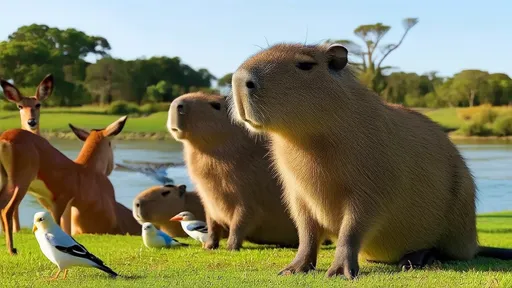
By /Jun 10, 2025
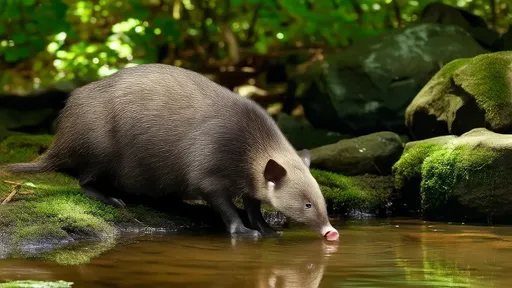
By /Jun 10, 2025
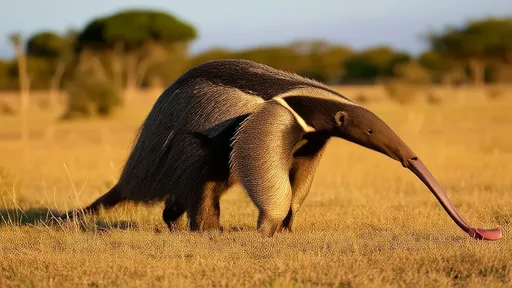
By /Jun 10, 2025
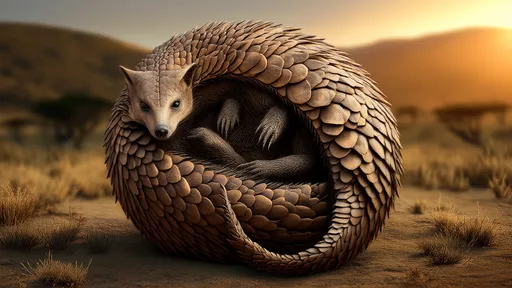
By /Jun 10, 2025
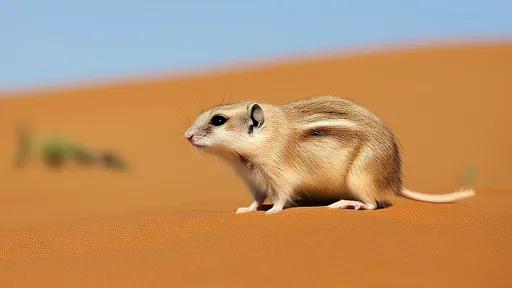
By /Jun 10, 2025
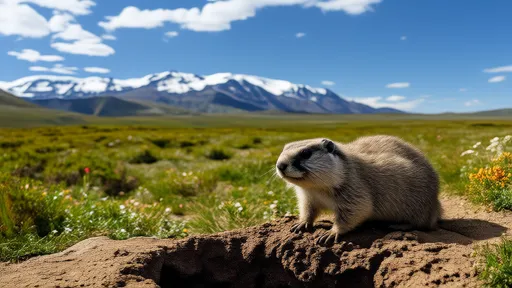
By /Jun 10, 2025

By /Jun 10, 2025

By /Jun 10, 2025

By /Jun 10, 2025
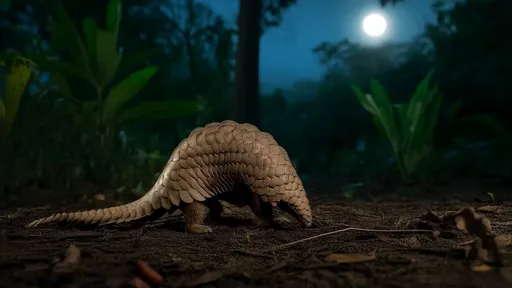
By /Jun 10, 2025
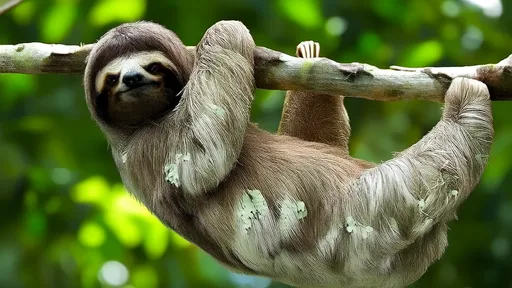
By /Jun 10, 2025
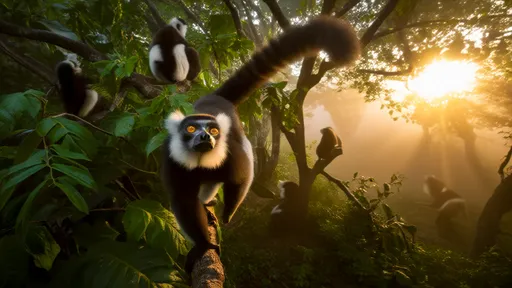
By /Jun 10, 2025

By /Jun 10, 2025
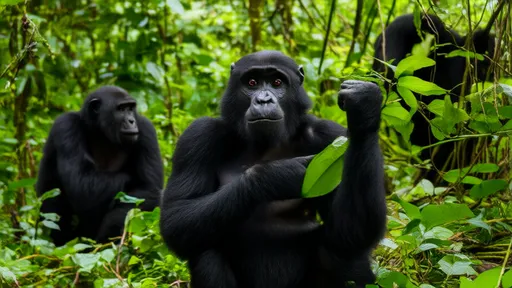
By /Jun 10, 2025

By /Jun 10, 2025
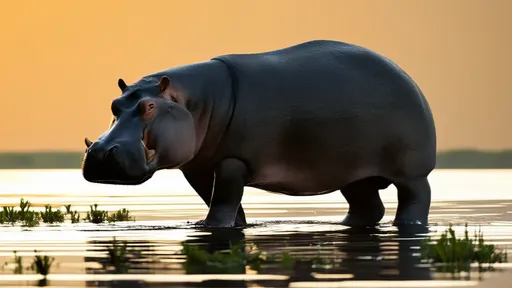
By /Jun 10, 2025
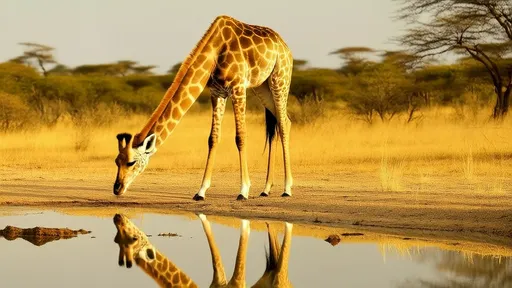
By /Jun 10, 2025